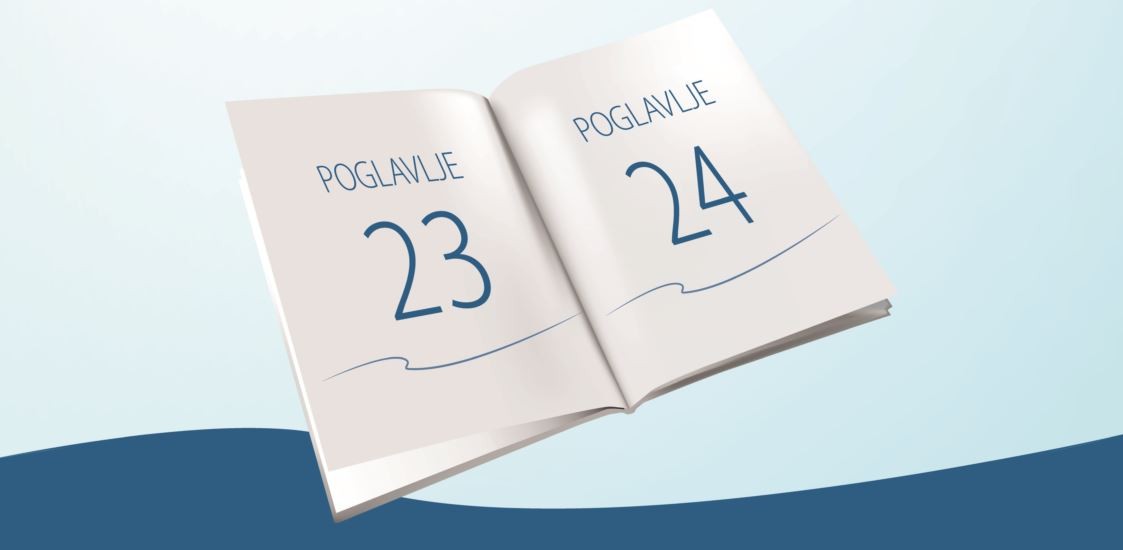This article is an integral part of the Coalition prEUgovor report on progress of Serbia in Chapters 23 and 24 for the period from November 2015 to April 2016.
In the previous period there has been no significant progress in the area of asylum. The number of people who expressed the intention to seek asylum in 2014 increased dramatically (from 5,066 in 2013 to 16,490 in 2014). From the total number of 16,490 expressed intentions, only 388 asylum applications were submitted, of which only five people were granted subsidiary protection and one person a refugee status. The increase in the number of expressed intentions to seek asylum continued in the first three months of 2015 (there are 8,723 recorded intentions vs. 2,055 in the same period of 2014).
The issue of accommodation capacities for asylum applicants is still not solved systematically, although it is commendable that in 2014 there were no cases of asylum seekers staying in the open. Currently there are five asylum centres, in Banja Koviljača, Bogovađa, Sjenica, Tutin and Krnjača, of which only the first two are of permanent nature. The asylum centre in Krnjača was established in August 2014 by the Government Decision[1] as a new ad hoc accommodation centre, after the asylum centre in Obrenovac stopped working due to the flood damage of May 2014.
It should be also noted that some progress has been made in the area of asylum. On 14 January 2015 according to the Rulebook on Internal Organisation and Job Classification of the MoI,[2] the Asylum Office was formally established and now has the status of a separate unit directly responsible to the Head of the Border Police Directorate. It consists of 29 officers, including four interpreters.[3] Bearing in mind that only three months have passed since the establishment of the Asylum Office, there has not been enough time for the comprehensive assessment of the efficiency of its work. Another positive shift is the establishment of the operational system which functions between the Commissariat for Refugees and Migration and the MoI and enables the Department for Foreigners (the organisational unit within the local Police Departments) and regional centres (the organisational units within the Border Police) that issue the confirmation that the intention to seek asylum has been expressed, to refer the person to the asylum centre that has noted to have enough capacity for their care.
There are shortcomings in the asylum procedures: the asylum application examination in some cases still lasts up to several weeks and even months, the quality of the procedure still does not correspond fully to international and regional standards. In addition, the national regulation is not aligned with the EU aquis. The List of the safe third countries established in 2009[4] has not yet been revised, nor have the adequate mechanisms for its periodic evaluation been established. When applying the concept of the safe third country, decision makers do not take into account whether the safe country will examine the applicant’s asylum request.
Recommendations:
- The Law on Asylum should be revised and adopted as soon as possible.
- The Government of the Republic of Serbia should create a comprehensive asylum policy that will ensure an efficient and fair asylum procedure. Policy changes should (at least) contain: additional facilities for the reception of asylum seekers in accordance with the requirements of the asylum procedure; better training for all participants in the process of asylum, especially for the newly formed Asylum Office; amendments to the Law on Asylum which could improve the system for determining the safety of third countries, procedural safeguards, protection and reception conditions; specific legal solutions for the integration of refugees, the recipient of protective measures and the development of a mechanism for functional integration; opportunity for cultural and social programmes that enable communication between asylum seekers and local residents.
- Further development and implementation of procedures for irregular migration, based on human rights standards, at all stages, from identification to forced or voluntary return.
- Effective implementation of readmission agreements with the neighbouring countries in cases where Serbia sends requests for the return of third-country nationals and signing of readmission agreements with the countries of origin of most migrants residing in or transiting Serbia, which can be considered safe according to international and regional standards.
[1] Conclusion No. 019 -8512/2014.
[2] Conf. 01 no: 9681/14-8.
[3] Draft action plan for Chapter 24 is available at: www.mup.gov.rs/cms_cir/oglasi.nsf/Treca_verzija_AP_27_03_2015.pdf.
[4] Decision of the Government of the Republic of Serbia on Establishing the List of Safe Countries of Origin and Safe Third Countries (“Official Gazette of the Republic of Serbia”, No. 67/2009).

